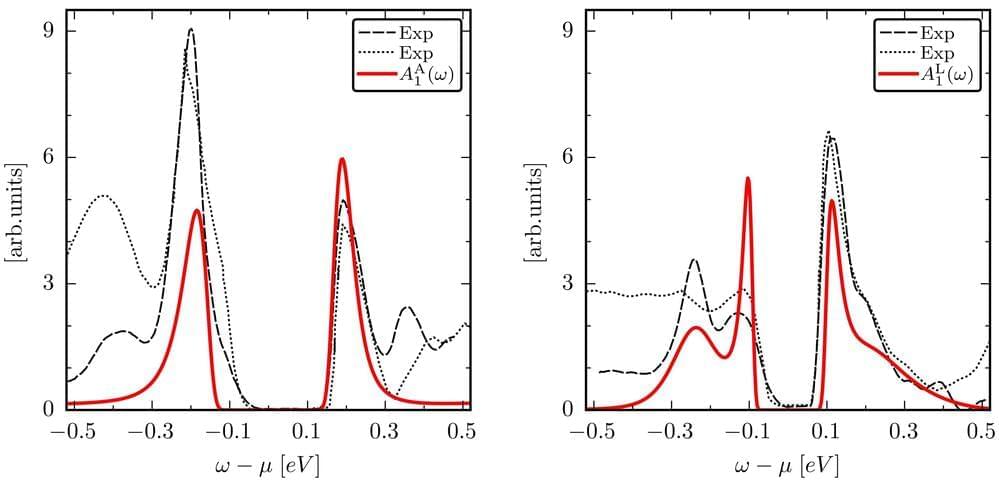A team led by Philipp Werner, professor of physics at the University of Fribourg and leader of NCCR MARVEL’s Phase 3 project Continued Support, Advanced Simulation Methods, has applied their advanced quantum simulation method to the investigation of the complex material 1T-TaS2. The research, recently published in Physical Review Letters, helped resolve a conflict between earlier experimental and theoretical results, showing that the surface region of 1T-TaS2 exhibits a nontrivial interplay between band insulating and Mott insulating behavior when the material is cooled to below 180 k.
1T-TaS2 is a layered transition metal dichalcogenide that has been studied intensively for decades because of intriguing links between temperature dependent distortions in the lattice and phenomena linked to electronic correlations.
Upon cooling, the material undergoes a series of lattice rearrangements with a simultaneous redistribution of the electronic density, a phenomenon known as charge density wave (CDW) order. In the phase reached when the material is cooled to below 180 k, an in-plane periodic lattice distortion leads to the formation of star-of-David (SOD) clusters made of 13 tantalum atoms. Simultaneously, a strong increase in resistivity is observed. Additional interesting properties of the low temperature phase include a transition to a superconducting state under pressure as well as the possibility to switch this phase into long-lived metallic metastable phases by applying short pulses of laser or voltage, making the material potentially interesting for use in future memory devices.









Comments are closed.